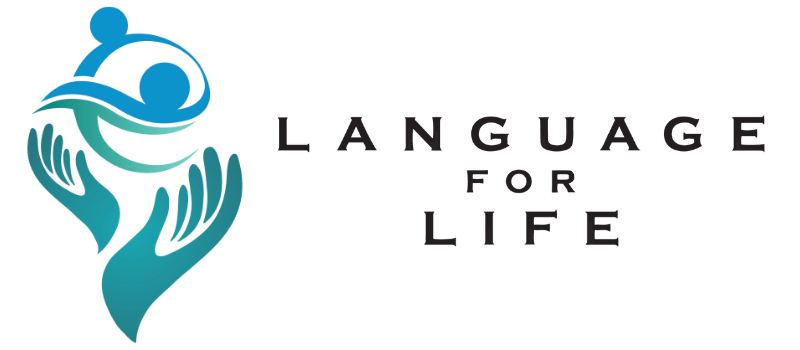Dyslexia goes beyond the difficulty of reading; it affects different aspects of learning such as writing, spelling, and coordination. These challenges may hinder one’s academic performances and affect their self-esteem as well. For all those involved in the education of individuals with dyslexia, parents or therapists included, an understanding of what should be done to support them is important. Occupational therapy (OT) provides practical interventions that assist individuals to deal with the various difficulties associated with dyslexia. OT enhances self-confidence and autonomy in learning through skill acquisition among children with learning disabilities like dyslexia. By focusing on skills development, OT helps build confidence and independence in learning.
How Occupational Therapy Helps
Dyslexia comes with a myriad of difficulties, which occupational therapy is designed to address. Although it is often linked with physical rehabilitation, OT plays an important role in the treatment of dyslexia by targeting specific areas. It focuses on fine motor skills like writing and other activities that involve hand movements. In addition, OT helps individuals to deal with sensory processing so that they can understand and use their senses better, enabling them to focus and learn well. Lastly, cognitive strategies including thought organization and task management are also dealt with by OT for enhanced learning and problem solving. These strategies work together to make the experience of learning more pleasant and enriching for those suffering from dyslexia.
Fine Motor Skill Development
Due to weak motor control and hand power, people with dyslexia frequently experience difficulties in writing. One way that occupational therapy combats this is through the incorporation of activities which help improve skills in fine motor function. These include threading beads, playing with tiny objects or even exercising writing with specific tools like weighted pencils. These exercises not only improve hand-eye coordination but also develop the strength and dexterity necessary for better handwriting; this makes it less tedious for children suffering from dyslexia to work on written tasks.
Sensory Processing
Many individuals with dyslexia sometimes experience difficulties with sensory processing. This implies that their brains are unable to interpret and react to sensory information effectively. Notably, occupational therapists use sensory integration techniques to help. This includes swinging and balance exercises or even tactile play where they are exposed to different textures among others. Such activities help them improve body awareness and spatial awareness. In essence, improving the way they process sensory information helps them concentrate better during lessons as well as follow directions with ease.
Cognitive and Organizational Skills
Dyslexia is not only a problem of language skills; it also impacts a person’s ability to organize thoughts, tasks, and time. Essential cognitive strategies are developed by occupational therapists to improve attention, memory, and organizational skills. For instance, sorting objects according to size, shape, or color enhances categorization and sequencing abilities necessary for reading and writing. Apart from sharpening cognitive skills, these activities provide individuals with ways to approach learning tasks systematically.
Top Occupational Therapy Activities for Dyslexia
Here are some practical activities designed to support children with dyslexia. These strategies can be implemented by parents, educators, and therapists to enhance learning and development:
Multi-Sensory Letter Practice
Individuals use tactile materials such as sand, shaving foam, or textured surfaces to trace letters in this activity. Through touch, they create strong visual-motor connections that enhance letter recognition and correct formation. This approach makes learning more enjoyable and easier to remember, especially for children who have difficulty performing traditional paper and pencil exercises.
Body Awareness Exercises
In a number of academic and professional endeavors, such as writing and staying still, body awareness is essential. For instance, balance beam activities, crawling through an obstacle course, or skipping on one leg improve coordination. These exercises are often included in occupational therapy sessions to enhance the brain-body link. Coordination allows individuals to perform fine motor skills, such as writing, with ease and remain attentive during classes or at work.
Pattern Recognition Games
Recognizing patterns is important for reading as well as spelling. Such skills can be developed by simple visual games like matching, ordering, or sorting objects. For example, matching cards with similar shapes or colors enhances the ability to spot patterns in letters and words. These games sometimes improve memory and attention—competencies that often pose challenges to individuals who suffer from dyslexia.
Color-Coded Texts
Color-coded text is a strategy that uses different colors in the same text to represent different aspects like phonological patterns, sentence structures, and key words. This technique makes it easier for individuals suffering from dyslexia to identify and comprehend patterns and structures because each is distinctively marked out on visual lines. Therefore, this method fosters better reading comprehension by promoting retention of information especially when dealing with complicated concepts.
Visual Motor Integration
Visual motor integration is the ability to coordinate visual perception with physical movement. Following visual cues to complete tasks like mazes, puzzles, or dot-to-dot activities helps individuals develop this skill. These activities train the brain to process visual information more efficiently, which is crucial for tasks like reading, where one needs to track words across a page. Improved visual motor integration can significantly enhance reading fluency and comprehension.
Conclusion
Occupational therapy provides a wealth of practical, targeted interventions that can significantly benefit individuals with dyslexia. By addressing fine motor skills, sensory processing, and cognitive abilities, OT helps overcome learning challenges and develop essential life skills. Parents, educators, and therapists play a key role in implementing these activities both in and out of the classroom, fostering an environment where individuals can thrive. Through consistent practice, patience, and understanding, those with dyslexia can unlock their full potential and succeed academically and beyond.

